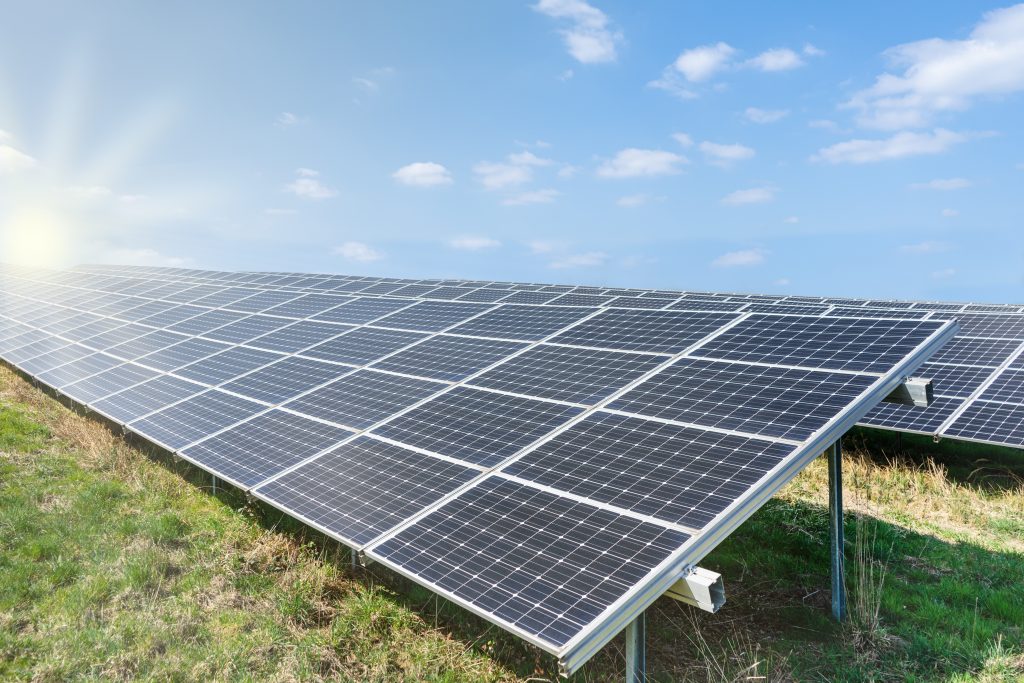Researchers from the King Abdullah University of Science and Technology (KAUST) have released a strategic plan for commercializing perovskite/silicon tandem solar cells, signaling a shift toward widely available, cost-effective renewable energy in Saudi Arabia and beyond.
The innovative approach is a collaborative achievement by Professor Stefaan De Wolf and his colleagues at the KAUST Solar Center. Their work is aligned with the national ambitions to harness solar power and is indicative of the university’s commitment to sustainable energy advancements.
This hybrid technology merges the high light absorption capabilities of perovskite with the durability of silicon, leading to unprecedented power conversion efficiencies. In the previous year, the De Wolf team announced two world records in this domain, contributing to five such records set worldwide, indicative of swift advancements in the technology.
However, the journey from the lab to the marketplace involves addressing several challenges. The team suggests that, akin to customizing medical treatments, solar cells should undergo location-specific testing to ensure peak functionality under diverse environmental conditions.
Another key factor is the longevity of the solar cells, which are expected to operate for decades. Accelerated stability testing, simulating extended periods of usage in shorter spans, helps in understanding the degradation rates vital for establishing fair pricing and warranty periods.
Current production methodologies entail high costs and the use of hazardous substances, potentially leading to expensive safety measures. The researchers have proposed new manufacturing paradigms to reduce expenses and enhance safety in both monolithic and mechanically stacked tandem cell production.
Professor De Wolf has projected that the market for perovskite/silicon tandem cells could surpass $10 billion within ten years. As KAUST spearheads this transformative technology, it sets the stage for a future where clean energy is both affordable and universally accessible.
The university’s groundbreaking work in perovskite/silicon tandem photovoltaic technology is a testament to its dedication to green technology and its role in promoting a carbon-neutral future.
